The COAM Madrid hosts an interesting exhibition that commemorates the centenary of the birth of the architect Ramón Vázquez Molezún. An opportunity to discuss the validity of his architectural and artistic work.

The exhibition combines material of a diverse nature, such as original plans, models, instruments, paintings and photographs with which to trace the entire trajectory of the architect.
Practical info
« Landscapes, Ramón Vázquez Molezún »
September 30 to October 16 and November 15 to January 15
COAM Madrid
C. de Hortaleza, 63, Madrid
Spain
The exhibition project that is presented takes a tour of his work, a reading of his architecture, individually and in the company of José Antonio Corrales, through his relationship with other arts, such as painting and photography, and his connection with the landscape. . It is an eminently visual exhibition, combining material of various kinds, original plans, models, instruments, paintings and photographs.
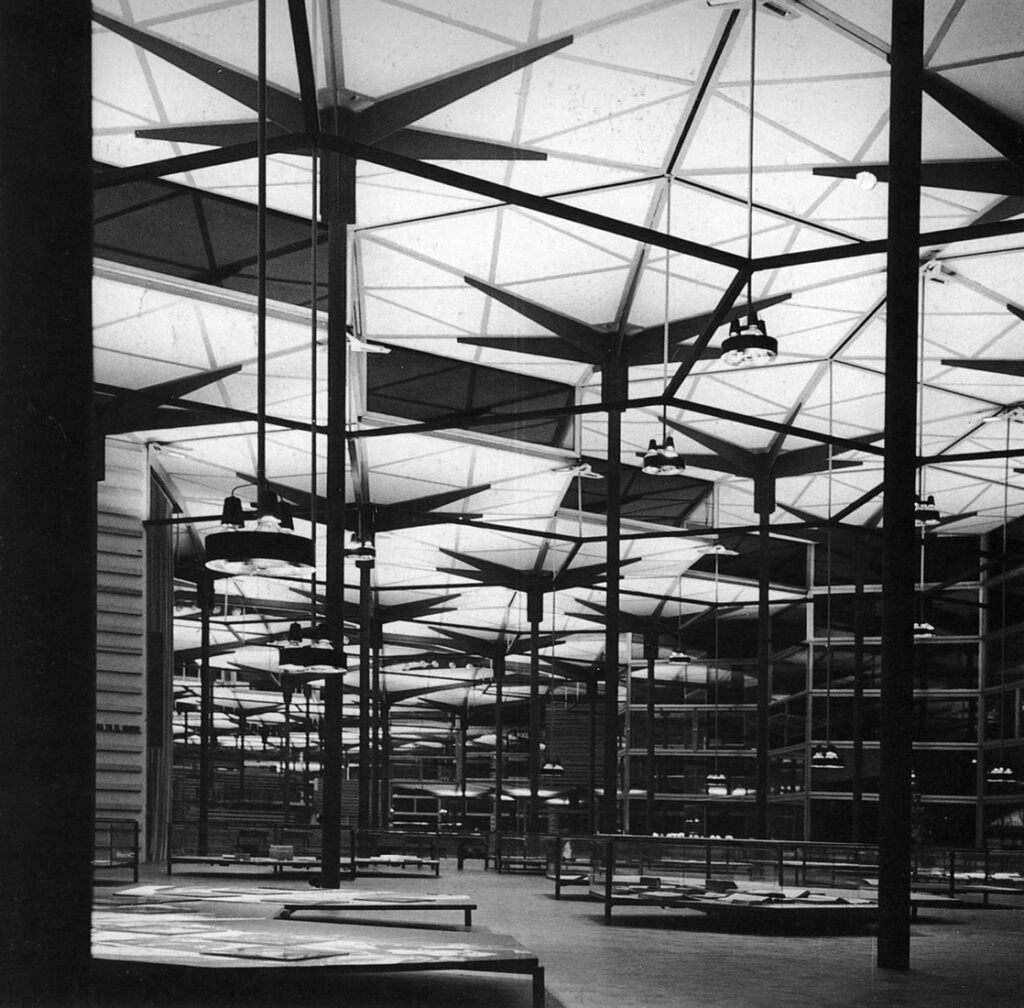
Molezún spent his entire life pursuing and searching for new scenarios that would allow him to continue learning and advancing, without fear, with courage and with an insatiable desire to discover.
The story presented here is a biography told in drawings, photographs and plans, which combines the personal, the artistic and the architectural as parts of an inseparable unit. The viewer is invited to visualize the exhibition through a graphic tour, a succession of five chapters, called « landscapes », which allude to the different contexts and nuances, determining factors in his life and that have characterized his architecture:
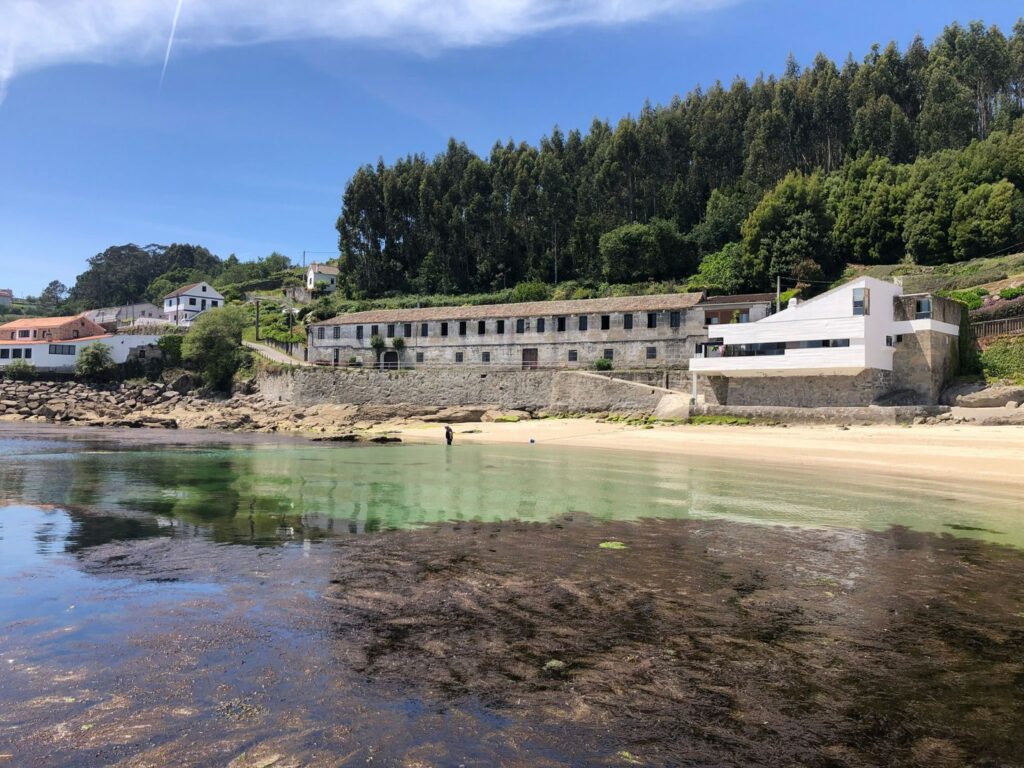

His Galician and Atlantic origin determines his personality and is expressed in his work, the sea and the marine, the galleries of A Coruña, nature, materials and Galician light are glimpsed in his artistic, pictorial and architectural production . In Madrid and Rome he lived an intense academic experience, full of trips and experiences. In Italy he knew classical architecture as well as the modernity of Gio Ponti, he shared and learned from other artists. Through his travels through Europe and the United States, he discovers the architectural avant-garde, an apprenticeship that will mark his life and will continue through his travels, his collaborations and friendships, and the evolution of his own architectural creation.
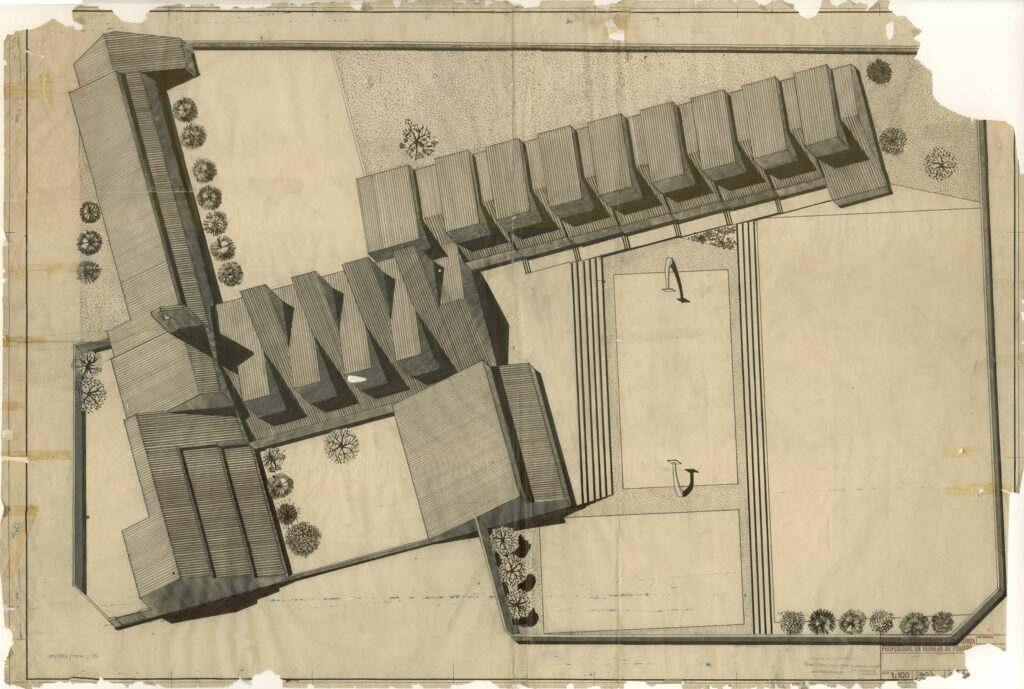
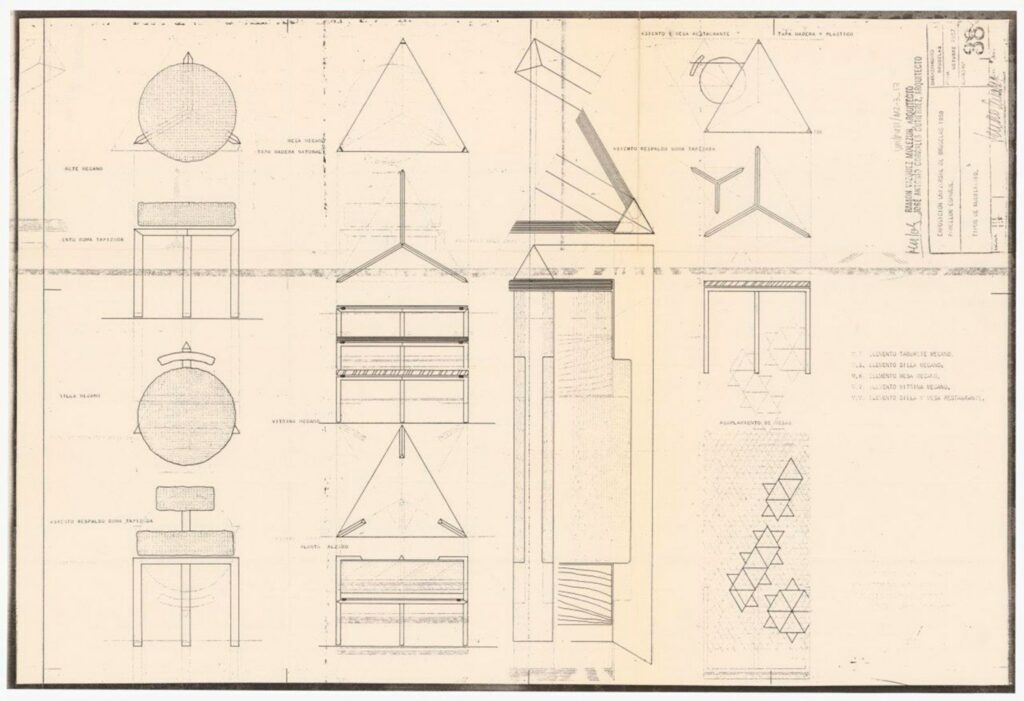
Molezún’s first projects, developed between Rome and Madrid, radiate freedom and great expressiveness. In all of them there is the germ of his later work and they suppose the base of maturation. His first works and collaborations, especially with José Antonio Corrales, mark a milestone in his professional career, achieving success and international prestige.


At the end of the 1950s, a transformation of the city took place and new opportunities for intervention in the territory arose. Molezún investigates and intervenes in the construction of the Directed Towns of Madrid, participates in the numerous urban competitions convened in the 1960s and later in the first tourist promotions on the coast, where landscape integration is paramount. He urban landscapes with singular institutional architectures and landscapes of the periphery with buildings for industry and offices.
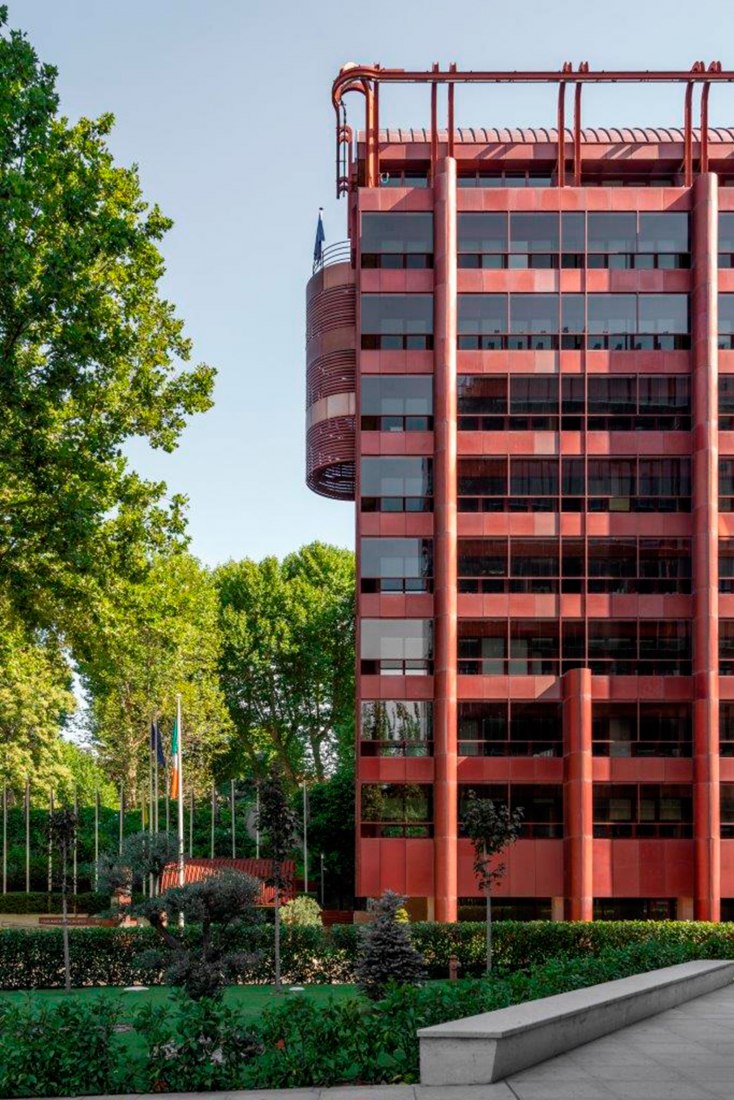
Molezún was an architect by ingenuity, but above all by trade. He exercises it with mastery from the gestation process, with a careful elaboration and command of the construction technique, and giving special importance to the context, orientation and geometry. His projects and designs are rescued where his ways of operating are discovered, from his first sketches and diagrams to the elaboration of the work plan, the same intensity in the compositional resolution of an elevation as in the finishing of a construction detail.
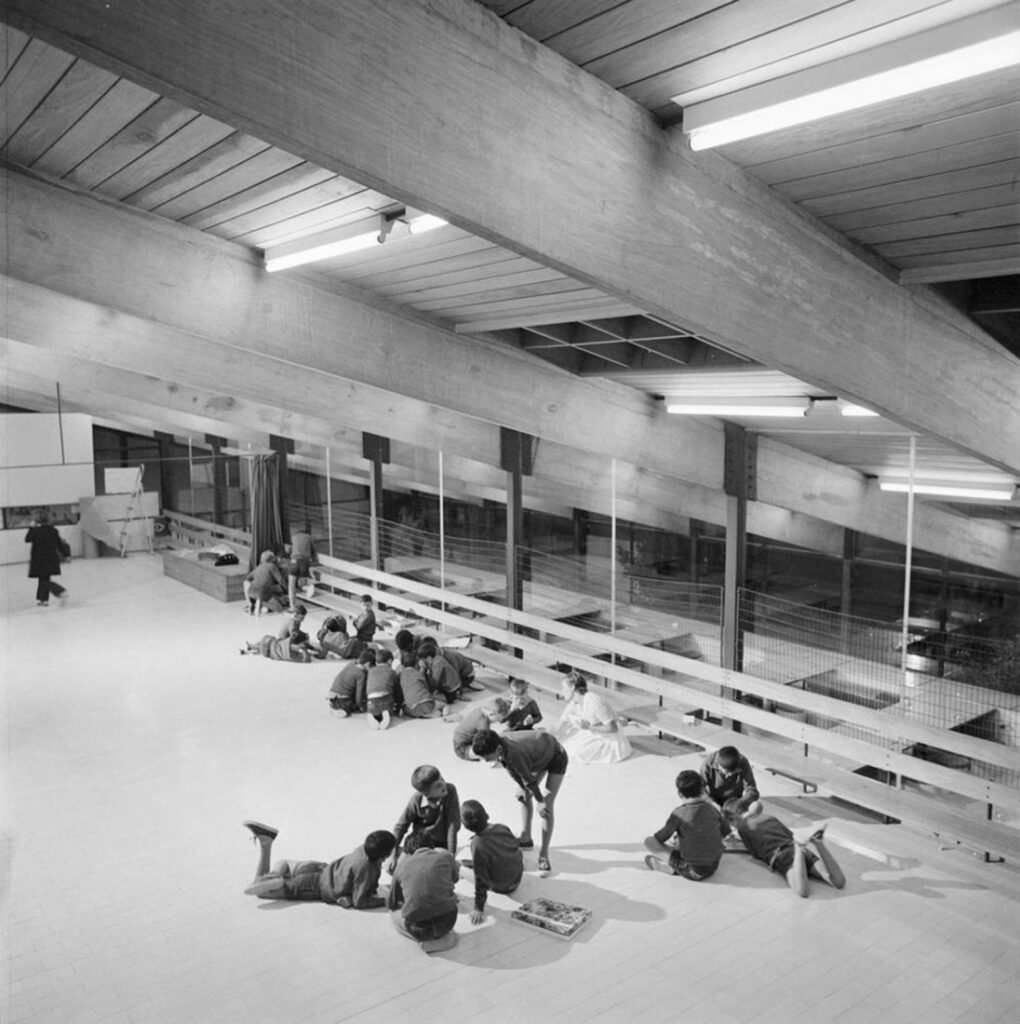
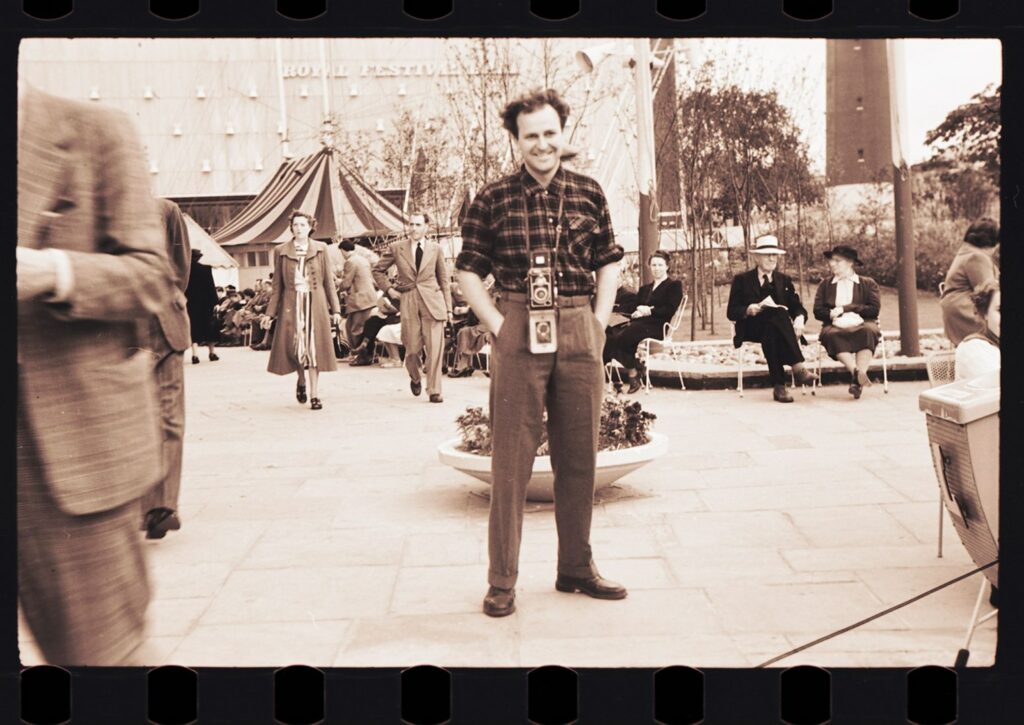
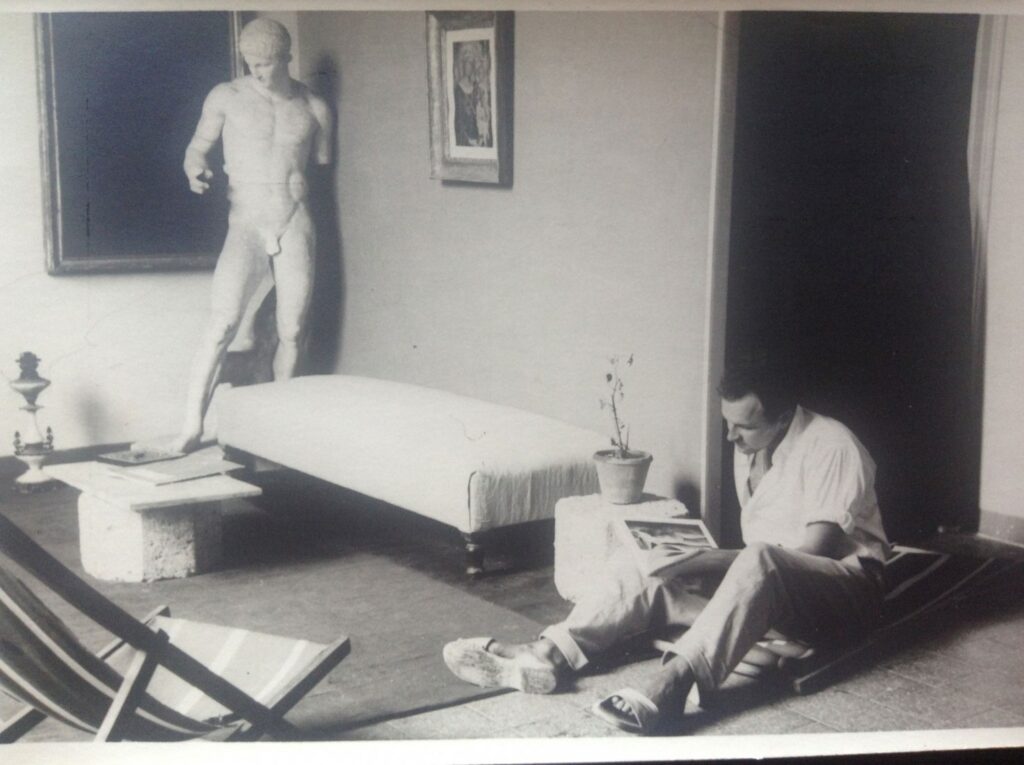
The epilogue of this biographical story culminates with the exhibition of his most personal works: his family refuge in La Roiba where he displays all his architectural skills. Freedom and respect. Dialogue and heterodoxy. Functionality and style. Comfort and experimentation. Without complexes, without prejudices. Like the architecture of it.


